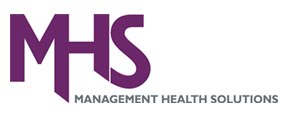Many people assume that after a nurse has completed her schooling and become registered, then that’s it, she would not need to bother with any extra learning, she simply will get on with taking care of sufferers and soothing fevered brows.
Nothing may very well be further from the reality, a nurse guaranteeing her nursing persevering with education is saved up to date is essential, and is an integral part of sustaining her registration.
A nurse’s life within the twenty first century could be very fast paced. As drugs and surgical procedures advances and improves, it is her obligation to ensure she keeps to the forefront of any major changes and improvements. This may be very difficult especially when she is working very long hours on the wards and clinics. And making certain her nursing continuing education is saved updated is less complicated stated than done.
A great hospital will ensure they supply every thing needed for nurses to proceed their nursing persevering with education. They should also ensure the training and training a registered nurse wants is supplied free of charge. This ensures a lack of funds does not prevent any registered nurse from using the excuse that they may not afford to access the schooling needed for his or her nursing persevering with education.
Buying nursing periodicals and magazines are a superb manner for registered nurses to maintain updated with their nursing persevering with education. Proving they have learn articles in related journals is crucial though.
One of the best ways they will achieve this proof is by protecting a portfolio wherein they will doc all of the training and training they’ve obtained since their registration. In the event that they write a synopsis of the article within the nursing journal they’ve read, and make a comment of what they’ve learnt from reading the article, they are then showing proof of their dedication to their ongoing nursing persevering with education.
One downside with accessing some forms of further schooling is the expense. Nursing isn’t one of many higher paid professions, and for many individuals higher ranges of qualifications equivalent to a level are sometimes out of attain purely because the nurse cannot afford to entry the courses. The sort of nursing continuing training should grow to be more accessible to nurses, with maybe the employer funding courses for the registered nurses of their employ.

